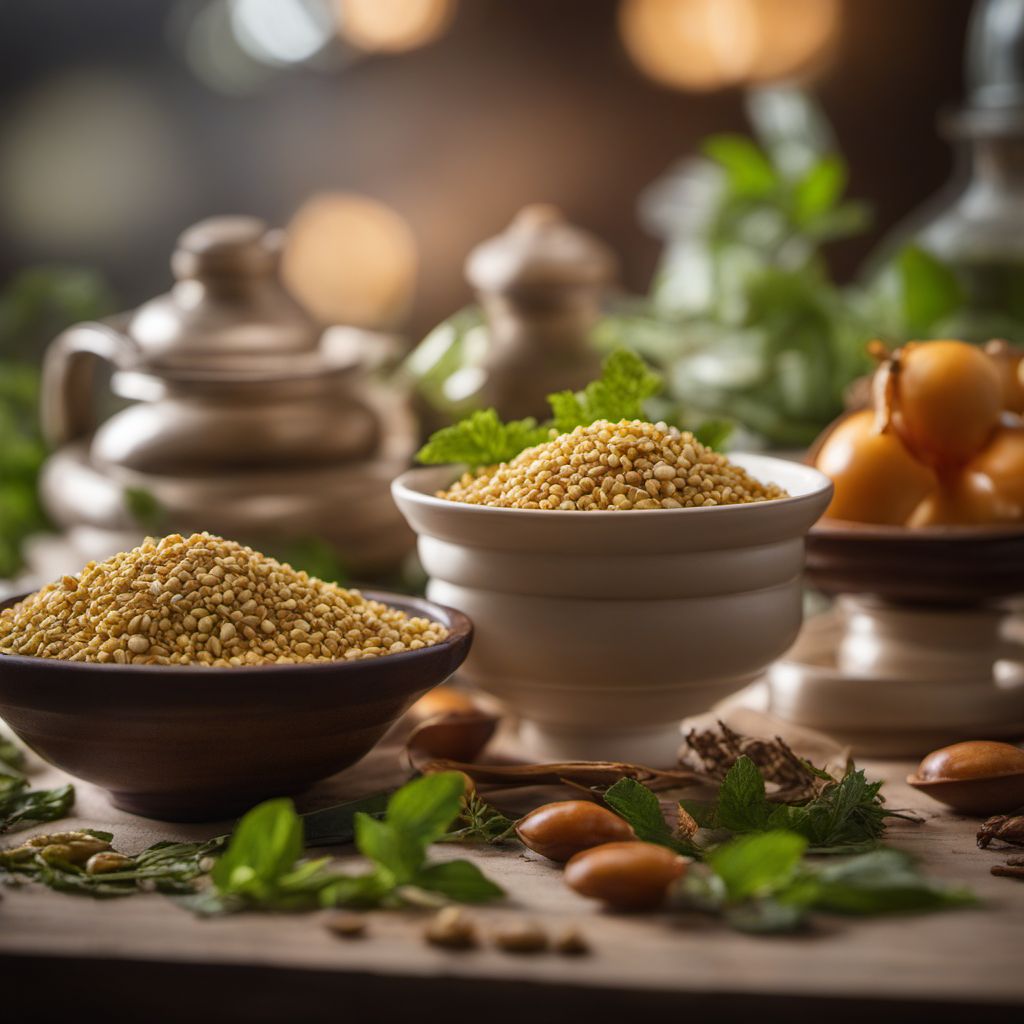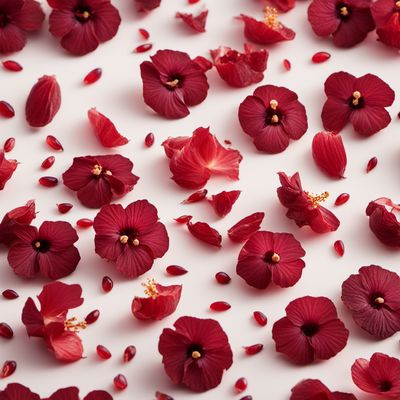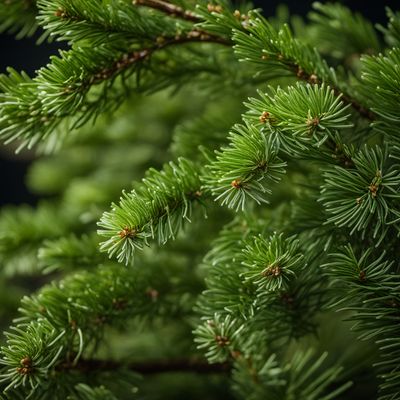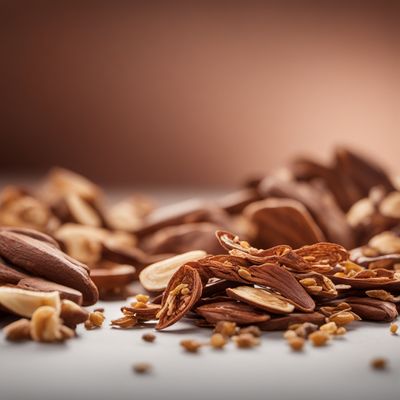
Ingredient
Other herbal infusion materials from any other parts of the plant
Botanical Brews: Exploring the World of Herbal Infusions
Herbal infusions offer a wide range of flavors, aromas, and health benefits. From leaves and flowers to stems and roots, these botanical brews can be enjoyed hot or cold, providing a soothing and refreshing experience.
Origins and history
Herbal infusions have been enjoyed for centuries across different cultures. From chamomile and peppermint to hibiscus and ginger, each infusion carries its own unique history and significance. These versatile ingredients have been used for their medicinal properties, cultural rituals, and culinary applications.
Nutritional information
Herbal infusions are naturally low in calories and fat, making them a healthy beverage choice. They are rich in antioxidants, vitamins, and minerals, promoting overall well-being and supporting various bodily functions.
Allergens
Some herbal infusions may trigger allergic reactions in individuals with specific plant allergies. It is important to be aware of any known allergies and consult with a healthcare professional if necessary.
How to select
When selecting herbal infusion materials, look for fresh, vibrant plant parts that are free from blemishes or signs of decay. Opt for organically grown ingredients to ensure the absence of pesticides or chemical residues.
Storage recommendations
To maintain the freshness and potency of herbal infusion materials, store them in airtight containers away from direct sunlight, heat, and moisture. Keep them in a cool, dry place to preserve their flavors and aromas for an extended period.
How to produce
Growing your own herbal infusion materials can be a rewarding experience. Choose suitable plant varieties based on your climate and gardening space. Follow proper cultivation practices, including adequate sunlight, watering, and soil conditions, to yield high-quality ingredients.
Preparation tips
To prepare herbal infusions, steep the desired plant parts in hot water for a specific duration, depending on the ingredient. Experiment with different ratios and infusion times to achieve the desired strength and flavor. Add sweeteners or other ingredients to enhance the taste, if desired. Explore various infusion techniques, such as cold brewing or decoction, to create unique flavors and textures.
Culinary uses
Herbal infusions are widely used in beverages, including teas, tisanes, and tonics. They can be enjoyed hot or cold, plain or blended with other ingredients. Herbal infusions are also used as flavorings in culinary preparations, such as soups, sauces, desserts, and cocktails.
Availability
Herbal infusion materials can be found in various regions around the world, depending on the specific plant species. Some popular sources include Europe, Asia, Africa, and the Americas.
More ingredients from this category » Browse all

Purging cassia (infusion fruits)
The Detoxifying Spice: Purging Cassia

Chamomile (infusion seeds)
"The Soothing Elixir: Unveiling the Magic of Chamomile Infusion Seeds"

Hibiscus (infusion seeds)
The Vibrant Infusion

Cupuaçu
The Exotic Delight: Cupuaçu - A Tropical Treasure for Culinary Adventures

Witch hazel (infusion bark)
Nature's Astringent

Dwarf mountain pine (infusion shoots)
The Aromatic Essence of Dwarf Mountain Pine

Soap-bark tree (infusion bark)
The Natural Cleanser: Soap-Bark Tree

Sweet corn (stigmas styles)
The Golden Threads: Sweet Corn Stigmas Styles

Fragrant sumac (infusion bark)
The Aromatic Essence: Fragrant Sumac

Cocoa (infusion husks)
The Essence of Cocoa Infusion Husks

China (infusion bark)
Ancient Bark Elixir

Fleawort (infusion seeds)
"Nature's Digestive Aid: Unveiling the Power of Fleawort Infusion Seeds"